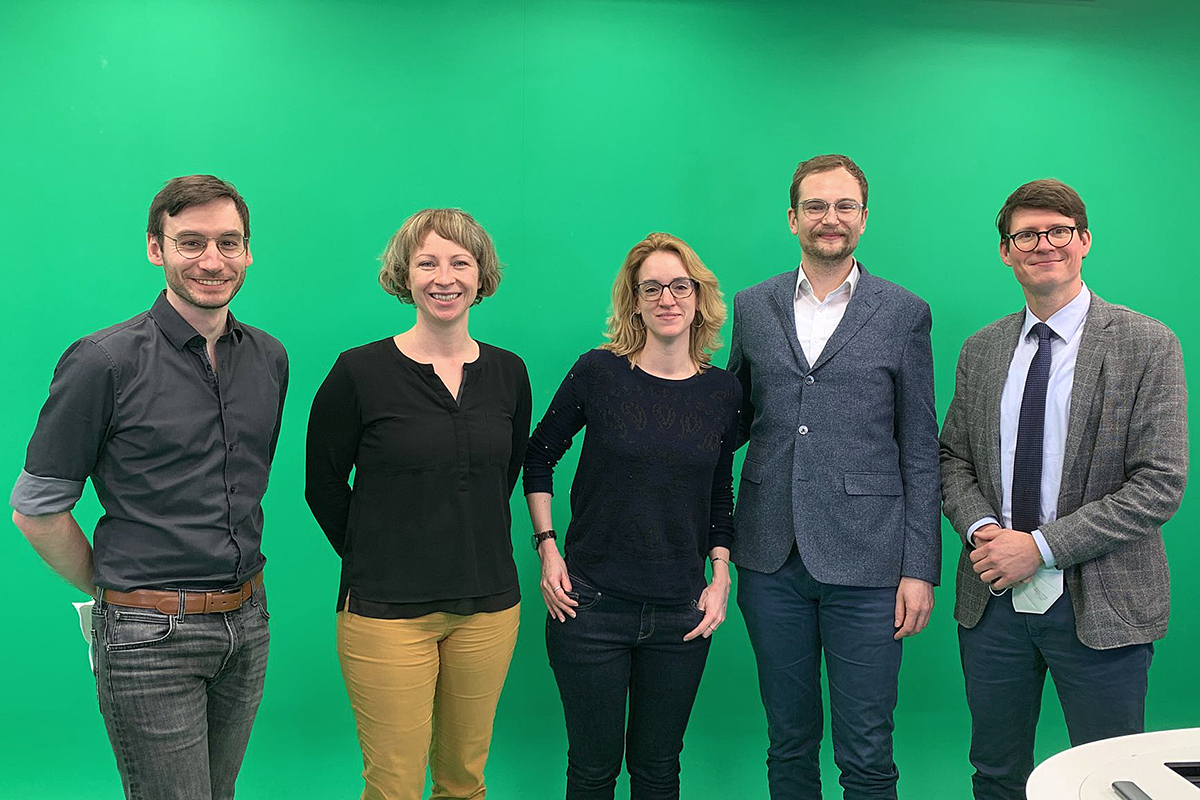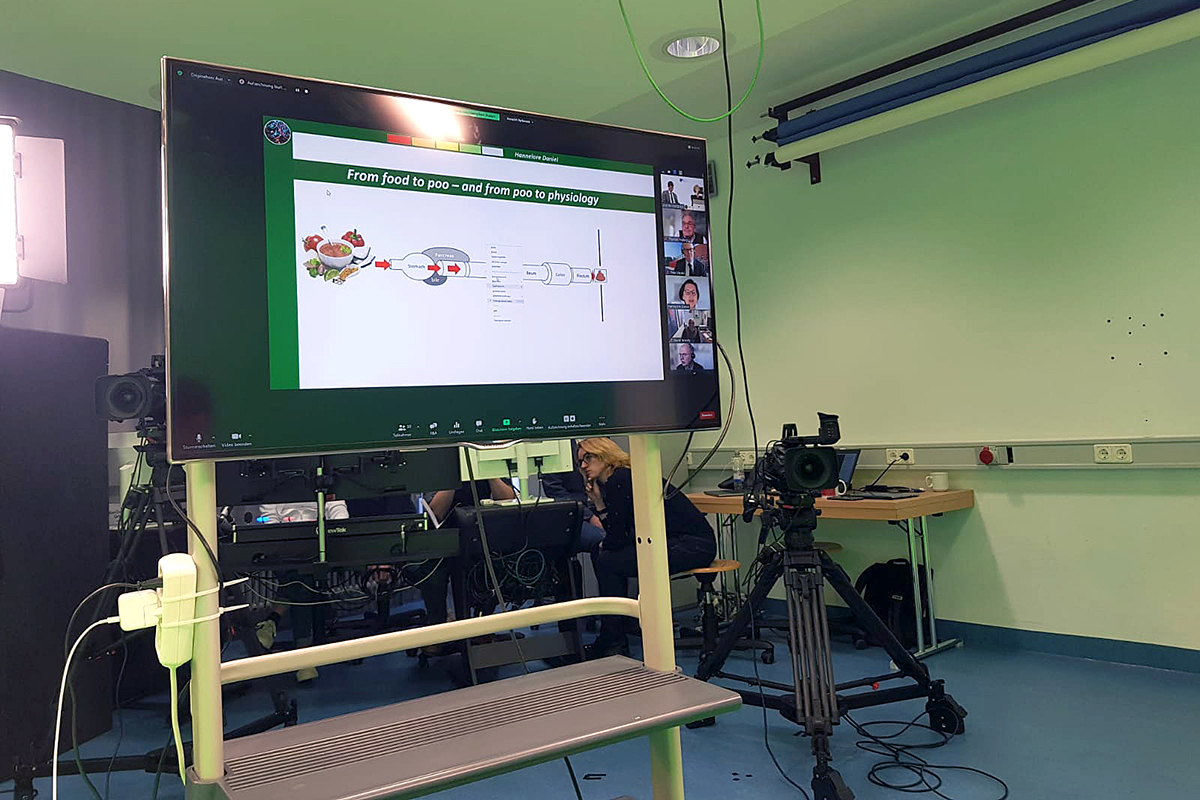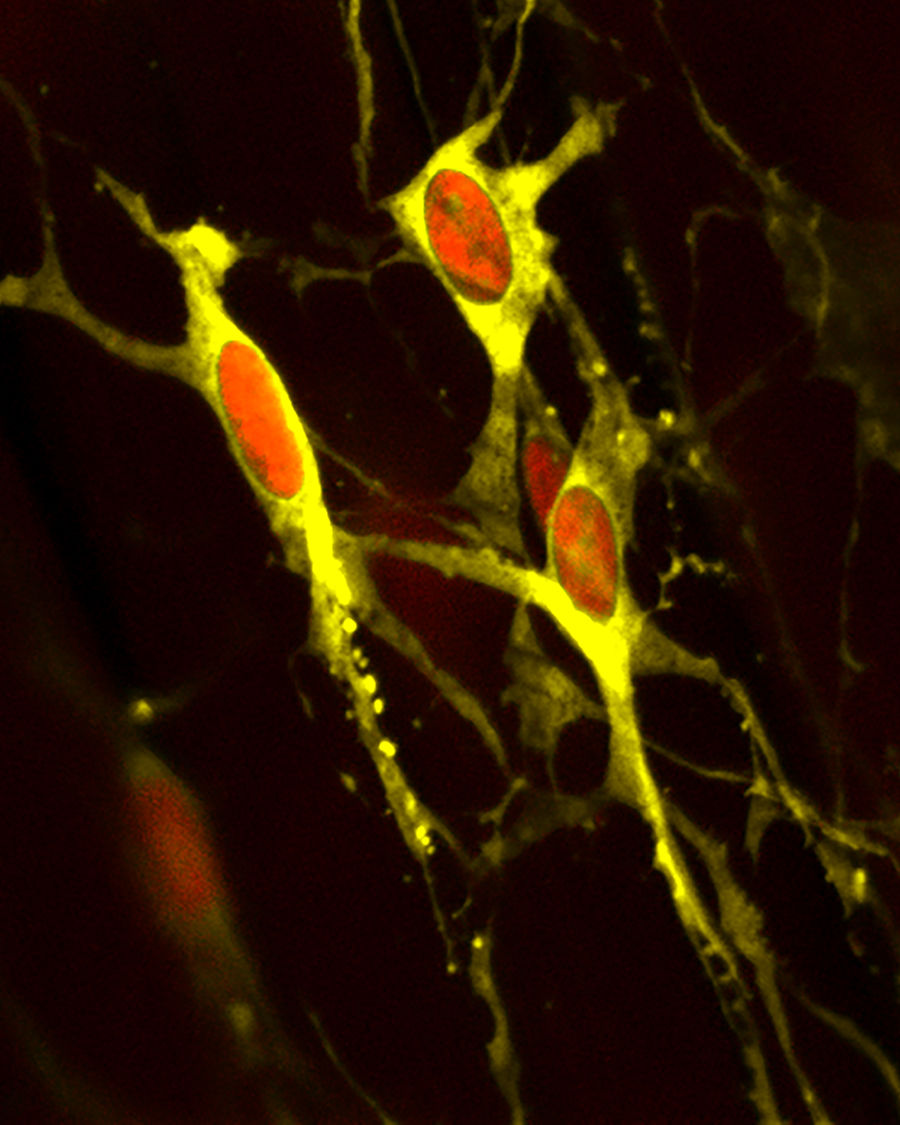DGNM-Jahrestagung 2022
Die Jahrestagung 2022 der Deutschen Gesellschaft für Neurogastroenterologie und Motilität e.V. fand vom 25. - 27. Februar 2022 als Online-Veranstaltung statt. Es war eine große Freude, viele Gäste zu einem ganz besonderen Programm begrüßen zu können. Highlight: das Abschiedssymposium für Michael Schemann mit vielen prominenten Gästen!
Report
Jahrestagung 2022 online
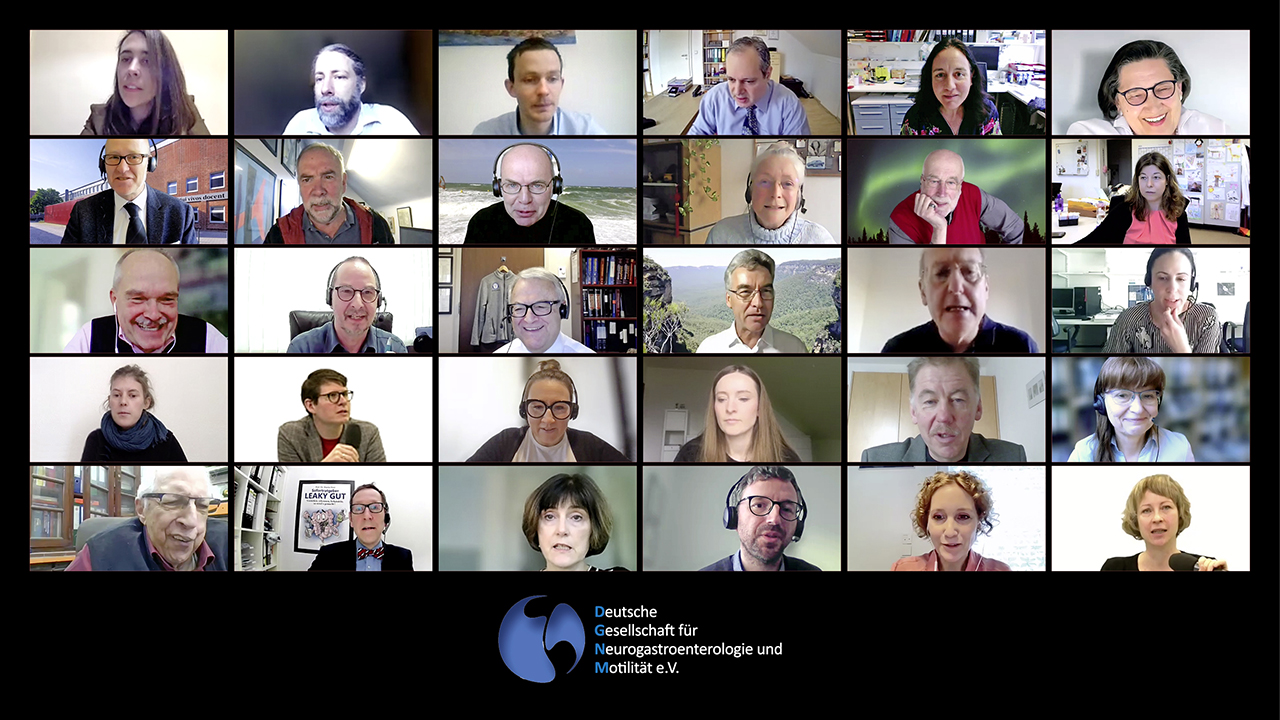
80 participants from different disciplines joined the 29th annual meeting of the German Society of Neurogastroenterology and Motility (DGNM) from February 26 to 27, 2022. Because of ongoing restrictions due to the SARS-COV2 pandemic, the meeting took place online.
During the 29th annual meeting, 31 talks were given in eleven sessions. These were dedicated to basic and translational science (Basic: ENS; Translational: brain stimulation and regulation of food intake / pancreas / motility) and clinical science (diagnostics / IBS / update current guidelines), and most were given by youngsters, who reported on their ongoing projects. Saturday afternoon was dedicated to a Farewell Symposium for Professor Michael Schemann. In honour of his outstanding work as a scientist and academic teacher, renowned scientists from all over the world and close collaborators gave state of the art lectures on the importance of Neurogastroenterology for other disciplins and recognized Michael Schemann’s contributions to the field. Personal contributions underlined his importance as a mentor.
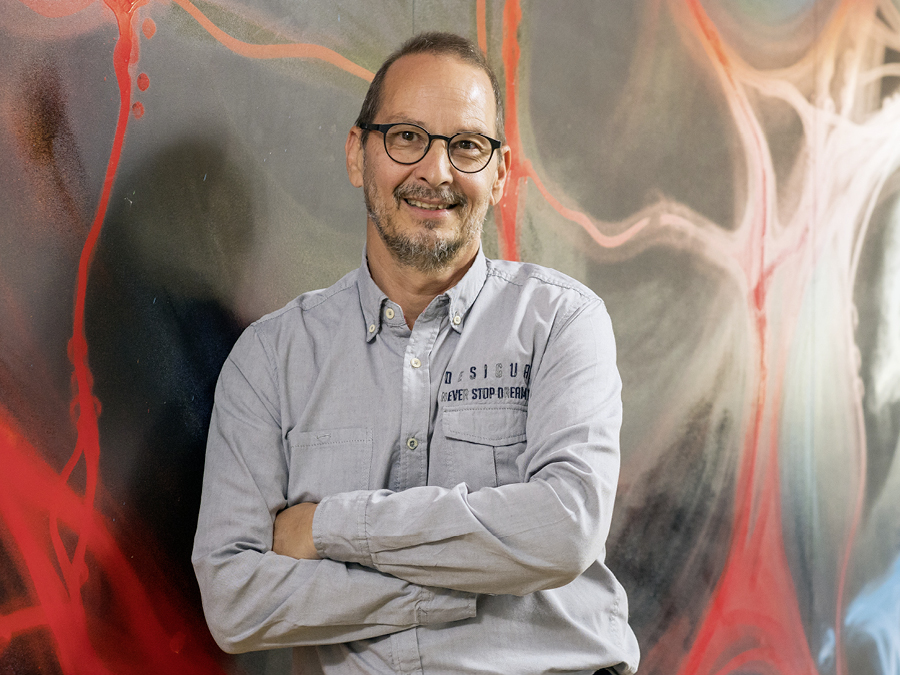
At the general assembly on Saturday evening, members of the society were updated on the activities of the national and international societies. Timelines and meeting formats of upcoming symposia were presented as well as current and potential future opportunities to join ESNM-driven studies on disorders of the gut brain axis. First results of the working groups, which had been established in 2021, for the improvement of teaching (Robert Patejdl), young academics and digital future (Peter Neckel) of Neurogastroenterology were presented.
Dr. Khasanov, Ms. Evers and Dr. Schmitteckert were awarded with a Martin Wienbeck Travel Grant to attend the Development of ENS Meeting to take place in Ferrara, Italy and the Europhysiology Meeting in Kopenhagen, Denmark, respectively.
Following two more sessions with scientific presentations on Sunday morning, the meeting was concluded by three lectures on current guidelines (functional dyspepsia, intestinal motility disorders, irritable bowel syndrome).
The next meeting will take place in Berlin from March 3rd to March 5th, 2023.
Programm zur Jahrestagung 2022
25. - 27. Februar 2022
ESNM endorsed event
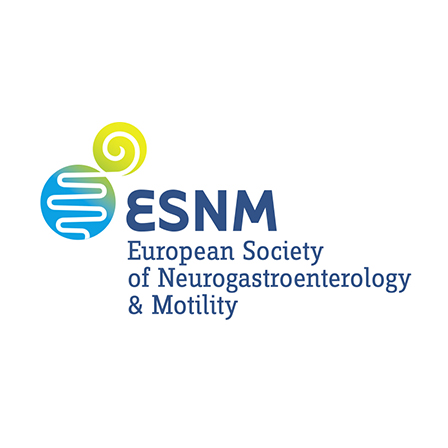
Homepage: www.esnm.eu
Titelbild-Wettbewerb 2022
Herzlichen Glückwunsch!
Christopher Kapitza, Doktorand bei Prof. Dr. med. Jürgen Wörl, Institut für Anatomie an der Universität Erlangen-Nürnberg, ist der diesjährige Gewinner unseres Wettbewerbs "Bestes Titelbild DGNM-Jahrestagung“.
Herr Kapitza beschäftigt sich in seiner Promotion mit der Darstellung von Gliazellen im Ösophagus von Maus und Mensch, um mögliche Angriffsziele bei Multipler Sklerose (MS) im Ösophagus genauer zu definieren. Periphere Angriffsziele bei MS rücken in den letzten Jahren immer mehr in den Vordergrund. Dysphagien sind bei MS ein ernstes Problem, insbesondere im fortgeschrittenem Verlauf der Erkrankung. Seine ersten Ergebnisse in der Maus wurden im Frühjahr 2021 hochrangig publiziert (International Journal of Molecular Sciences; Impact 5.9). Aus dieser Arbeit stammt das Titelbild, das in einer Zweifachfärbung ein Netzwerk von enterischen Gliazellen im Ösophagus von transgenen Mäusen (PLP-CreERT2 x Rosa26-tdTomato) zeigt. Über Injektion von Tamoxifen wurde die Expression eines roten Farbstoffes (tdTomato) induziert, der PLP-positive Gliazellen anzeigt (rot). Dieses Signal wurde mit einem sekundären Antikörper verstärkt (gelb). Diese enterischen Gliazellen wurden in dieser netzartigen Anordnung im Ösophagus noch nie vorher beobachtet.
Wir gratulieren Herrn Kapitza zu dieser sehr gelungenen Aufnahme. Als Sieger wird er kostenlos an der DGNM-Tagung 2022 teilnehmen.
